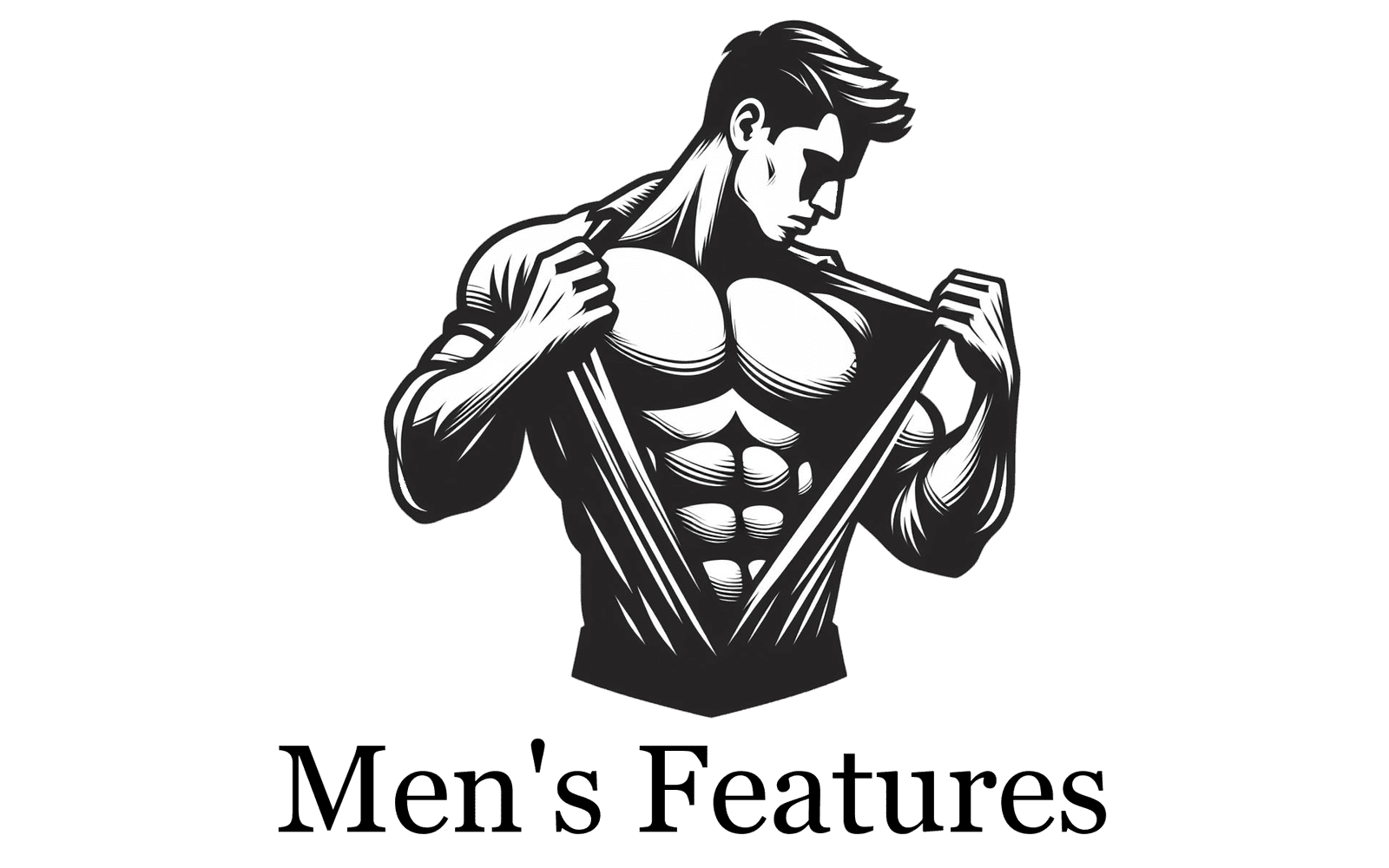Are Weightlifting Shoes Worth It?
Weightlifting shoes have been a popular choice among weightlifters for decades, offering various benefits such as improved stability, posture, and performance. However, the question remains: are weightlifting shoes really worth the investment?
In this article, I’ll dive into the pros and cons of weightlifting shoes to help you make an informed decision about whether they’re right for you. From their ability to enhance balance and stability to their potential drawbacks such as cost and discomfort, we’ll cover it all to help you determine if weightlifting shoes are worth the investment.
Advantages of investing in weightlifting shoes
First, let’s start with the benefits of weightlifting shoes. One of the main benefits is improved stability and balance. Weightlifting shoes typically have a raised heel, which allows you to keep your center of gravity over your feet and improves your balance. This can be especially helpful for exercises like squats, deadlifts, and Olympic lifts, where stability is key to lifting heavy weights safely and effectively.
Another benefit of weightlifting shoes is improved posture. Weightlifting shoes can help you maintain proper form by keeping your feet flat on the ground, which can help prevent back pain and other injuries. The raised heel also helps to promote a more upright posture, which can help reduce the strain on your lower back and make it easier to maintain proper form during heavy lifts.
In addition to improved stability and posture, weightlifting shoes can also provide better traction and grip on the floor. This can be especially helpful for exercises like squats and deadlifts, where you need to be able to grip the floor securely to lift heavy weights. Weightlifting shoes typically have a non-slip sole, which can help improve your grip and prevent slipping, even on slick surfaces.
Another benefit of weightlifting shoes is that they’re specifically designed for weightlifting. Weightlifting shoes are constructed with high-quality materials built to last, often featuring extra support and cushioning in key areas, such as the heel and midfoot. This can help reduce the impact of heavy lifts on your feet and lower legs, which can help prevent injury and improve your overall performance.
Disadvantages of weightlifting shoes
Now, let’s look at some of the drawbacks of weightlifting shoes. One of the biggest drawbacks is the cost. Weightlifting shoes can be relatively expensive, especially if you’re looking for a high-quality pair. While the investment can be well worth it for serious weightlifters, it may not be worth the cost for someone who only lifts weights occasionally.
Another drawback of weightlifting shoes is that they’re not suitable for all types of exercise. For example, weightlifting shoes are not ideal for cardio or other types of exercise that require a lot of lateral movements, such as basketball or tennis. This is because the raised heel and rigid sole of weightlifting shoes can make it more difficult to move quickly and freely.
In addition, some weightlifters find that weightlifting shoes can be uncomfortable or too tight, especially if they have wide feet. This can be especially problematic for those who lift weights for long periods of time, as the discomfort can quickly turn into pain and even injury.
So, are weightlifting shoes worth it? The answer ultimately depends on your individual needs and preferences. If you’re a serious weightlifter who lifts heavy weights frequently, weightlifting shoes can be an excellent investment. They can help improve your stability, posture, traction, and overall performance, and can help prevent injury.
On the other hand, if you’re someone who only lifts weights occasionally or if you do a lot of other types of exercise that require a lot of lateral movement, weightlifting shoes may not be worth the investment. You may be able to achieve similar results with a good pair of cross-training shoes or even just by lifting your bare feet.
Conclusion
In conclusion, weightlifting shoes can be a valuable investment for serious weightlifters who want to improve their performance and reduce their risk of injury. However, they may not be necessary for those who lift weights infrequently or who engage in other types of physical activity that require a lot of lateral movement. When considering whether to invest in weightlifting shoes, it’s important to consider your individual needs and preferences, as well as your budget.
You may also like:

